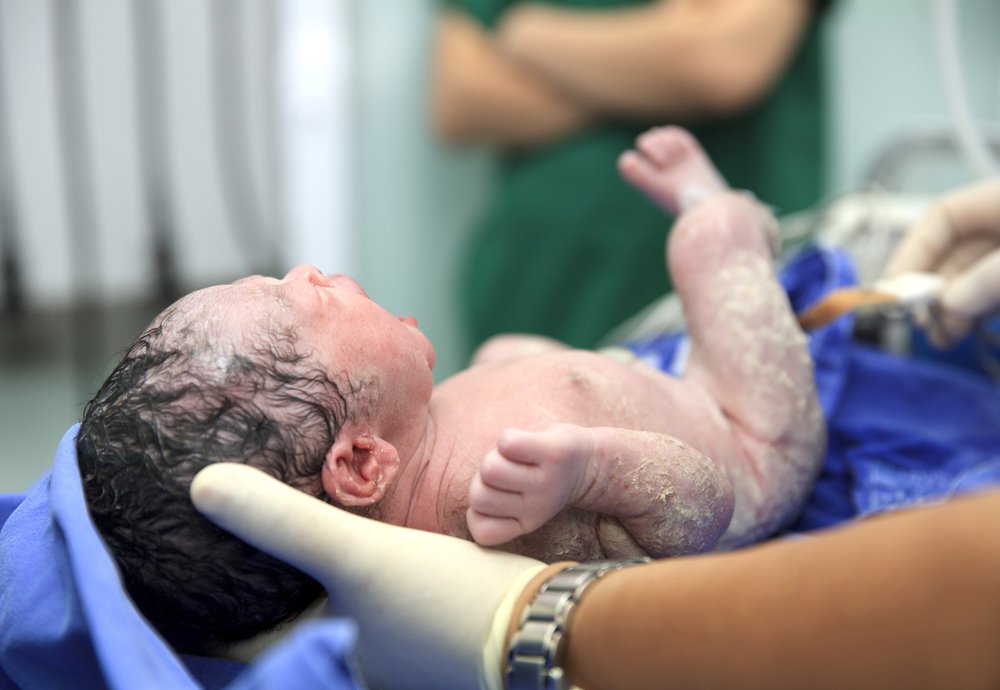Risk of Cerebral Palsy, Other Motor Problems Higher in Very Premature, Underweight Babies, Study Finds

Extremely premature and underweight newborns have a greater risk of developing cerebral palsy or other motor impairments by the time they are 8 years old, according to Australian researchers.
Their study, “Motor Impairment Trends in Extremely Preterm Children: 1991-2005,” was published in the journal Pediatrics.
Over the past three decades, significant strides have been made in the survival rates of infants born extremely premature (less than 28 weeks’ gestation) or at an extremely low birth weight (less than 2.2 pounds) because of improvements in neonatal intensive care alongside a greater willingness to provide intensive care to these infants.
Children who are born preterm are at an increased risk of a range of neurodevelopmental impairments, with motor impairments, such as cerebral palsy, and non-CP motor impairments like developmental coordination disorder (DCD) being more prevalent in these children.
To understand how the rates of motor impairment affect children born extremely preterm and/or with extremely low birth weight, researchers examined both birth groups in Victoria, Australia, during 1991 to 1992, 1997, and 2005.
They also included randomly selected normal birth weight and term-born children as controls, matched for expected date of birth, sex, and sociodemographic status.
The team wanted to assess the rate of motor impairments in children at age 8 born either premature or underweight in three different groups (1991-1992, 1997, and 2005) and compare them to children born at term.
The analysis showed the rate of cerebral palsy and other motor impairments was greater in children born preterm compared to term-born babies (12% vs. 1%) and underweight compared to term-born (26% vs. 6%).
The risk for motor impairment also increased over time — from 23% in 1991-1992, to 26% in 1997, and 37% by 2005. This increase was seen in non-cerebral palsy motor impairments.
The rates for cerebral palsy remained fairly constant over time — 11% in 1991-1992, 11% in 1997, and 12% in 2005 — while other motor impairments increased over time by 13%, 15%, and 26%, respectively.
At 8 years old, survival rates for these children increased from 54% in 1991-1992 to 64% in 2005, reflecting advances in medical technology.
While the study didn’t address the causes that may underlie this phenomenon, researchers hypothesized that modern lifestyle is a potential factor; children are spending increasingly longer times in front of a TV, computer, or cellphone screen and have less physical activity.
“Factors influencing motor performance, such as screen time, physical activity, and sedentary behavior beyond the perinatal period, in both [extremely premature] and/or [extremely low birth weight] children and term controls, warrant further study,” researchers wrote.
Additional research is needed to fully understand the causes, including possible environmental and social factors, behind the increase in motor impairments in these children, researchers said.


